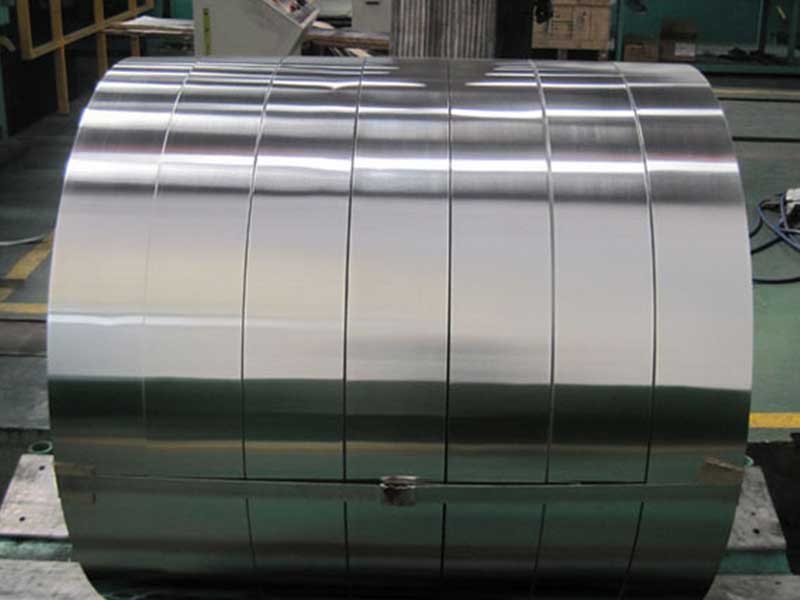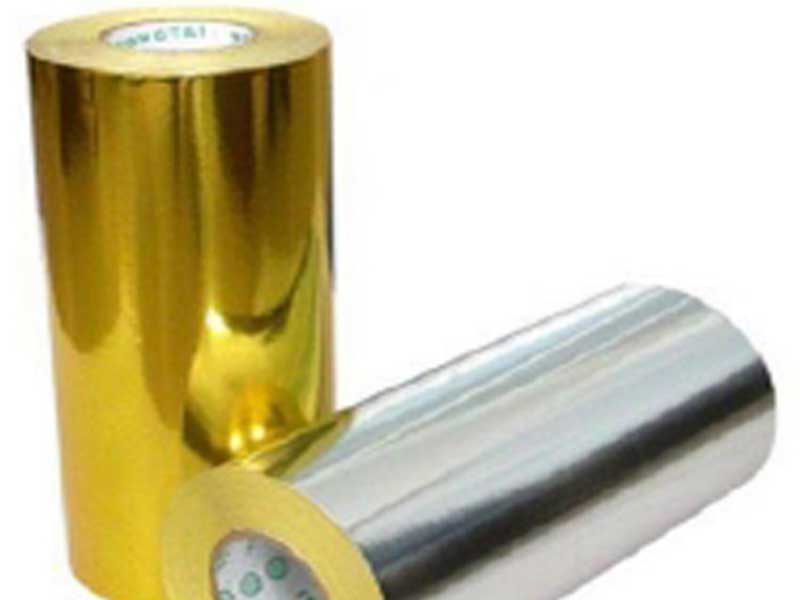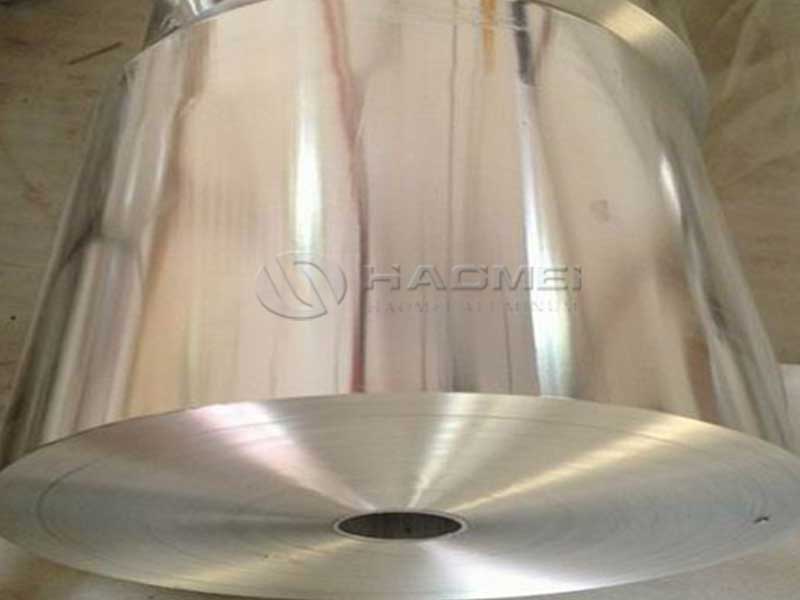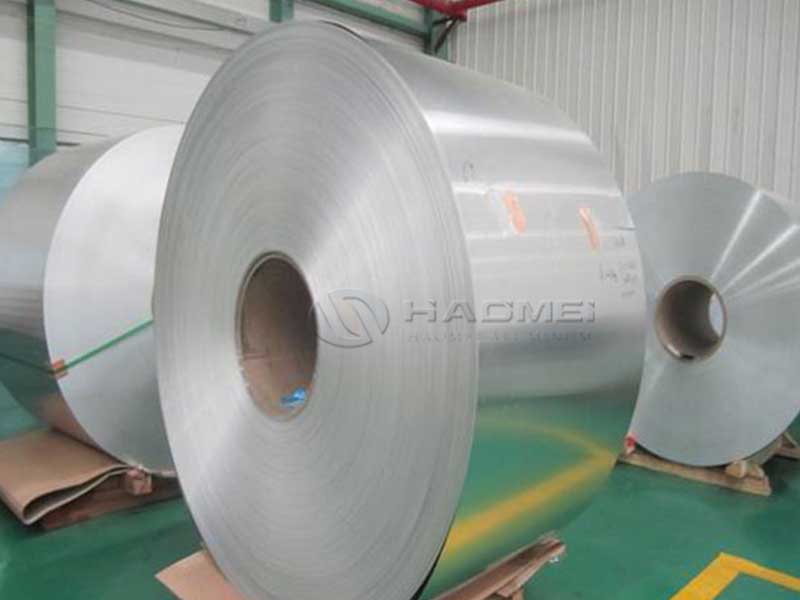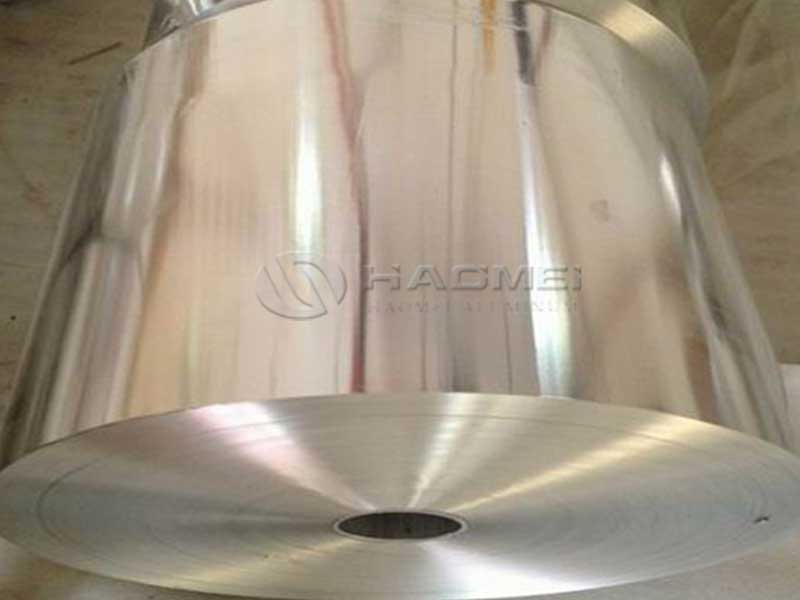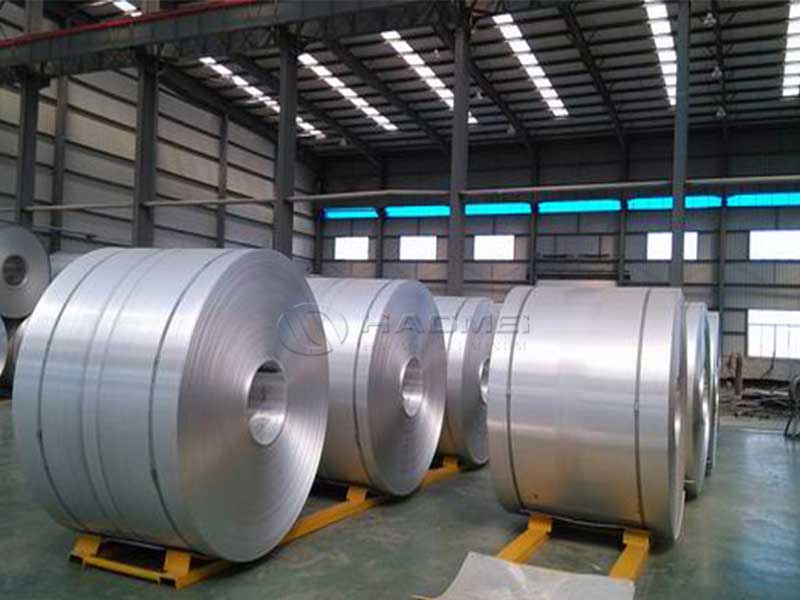2025-02-05 https://www.aluminum-coils.com/a/aluminium-foil-rolling.html
The Art and Science of Aluminium Foil Rolling: Features and Applications
Aluminium foil is a staple in kitchens and industries alike, but few truly appreciate the intricate process that brings this everyday marvel into existence. At its core, aluminium foil rolling is a blend of science, precision engineering, and artistry. By delving into both the features of this process and its diverse applications, we can gain a clearer of its critical role in our daily lives and industries.
One of the biggest challenges in aluminum foil rolling isn't just achieving the desired thinness, but maintaining consistent gauge and surface quality across the entire roll. We see issues frequently related to uneven roll pressure, leading to localized thinning or thickening. This can be exacerbated by variations in the incoming aluminum sheet's thickness or metallurgical properties. Proper lubrication is critical; too little and we risk friction and tearing, while too much can lead to surface imperfections or contaminate the foil. Careful monitoring of the rolling mill's parameters, including roll speed, tension, and temperature, is crucial for preventing these issues and optimizing the production process. We even use specialized sensors to detect subtle variations in thickness in real-time, allowing for immediate adjustments to maintain tight tolerances.
Beyond the technical aspects, the interplay between the alloy's composition and its rolling behavior is vital. Different alloys exhibit different work-hardening rates and recrystallization tendencies, which directly affect the final product's properties like strength and ductility. For instance, a higher work-hardening rate might require more intermediate annealing steps to prevent cracking during the rolling process. Similarly, the foil's intended application (e.g., food packaging vs. industrial use) informs the choice of alloy and the desired final thickness, influencing the overall rolling strategy. Experience has taught me that seemingly minor adjustments in these areas can significantly improve the yield and quality of the final aluminum foil product.
What is Aluminium Foil Rolling?
Aluminium foil rolling is the method of transforming large aluminium slabs (known as ingots) into thin sheets (foils) through a sophisticated series of rolling mills. Initiating the process involves heating the ingots to a prescribed temperature, allowing them to become malleable. Subsequently, powerful rollers pass the ingots through a series of shaped rollers at different thicknesses, exponentially thinning the aluminium and stretching it to the desired specification.
Features of Aluminium Foil Rolling
-
High Precision and Thickness Control: One of the defining features of aluminum foil rolling is the precise control over thickness. Foil can be as thin as 0.002 mm, which is generally referred to as "heavy gauge" foil. This fine control ensures that manufacturers can deliver variable thicknesses suited for specialized uses, from cooking and storage to more industrial applications.
-
High Reflectivity and Conductivity: The manufacturing process inherently preserves the metal's high reflectivity and thermal conductivity. This feature enhances the foil's effectiveness as a barrier against moisture, light, and odors — essential traits for packaging consumables.
-
Lightweight Yet Strong: Foiled after the rolling process, the aluminum sheet achieves a remarkable balance between lightweight characteristics and durability. This strength makes it an excellent candidate for transport and packaging solutions without compromising the product's integrity.
-
Versatile Surface Treatments: Foil can undergo secondary treatments to enhance its functionalities, like being laminated, coated, or printed. These processes can serve aesthetic purposes (i.e., branding) or functional needs (i.e., improving resistance to chemicals).
Applications of Aluminium Foil
Thanks to its myriad features, aluminium foil serves an extensive range of applications across multiple industries.
-
Culinary Applications: This is probably the application most familiar to consumers. It is widely used in homes for cooking, wrapping, and preserving food due to its non-toxic nature and ability to keep foods fresher longer.
-
Packaging Industry: In the world of packaging, aluminium foil provides a seal tightness that inhibits light and moisture ingress. These qualities make it particularly popular among the food and beverage industries for products like ready meals, chocolate bars, and pharmaceutical items.
-
Insulation Specialists: The product is prevalent in construction, where its reflective properties are utilized in thermal insulation materials. When wrapped around thermal insulation or used within walls, it can significantly enhance energy efficiency by reflecting radiant heat away from living spaces.
-
Electronics Sector: Not just restricted to culinary uses; aluminium foil plays an integral role in the electronics industry as a dielectric material in capacitors and in shielding frequencies in cables, ensuring performance is optimized and interference minimized.
-
Art and Innovation: Architects and artists have increasingly turned to aluminium foil for unique sculptures and installations, benefiting from its malleability. Recent innovations even incorporate foils into packaging designs with aesthetics and practical visual effects that merge style with function.

